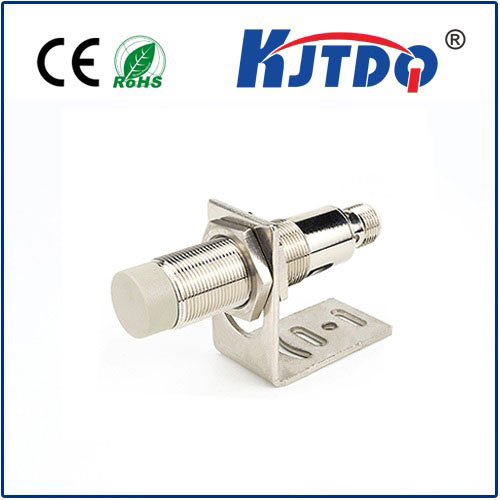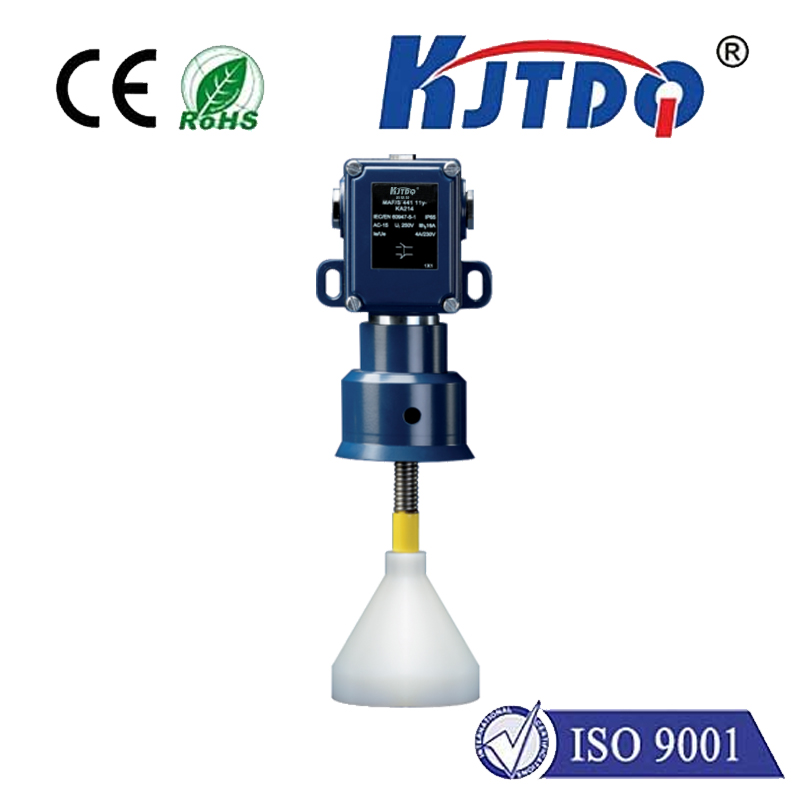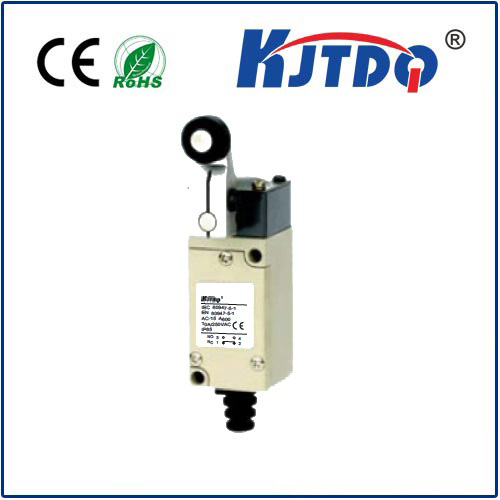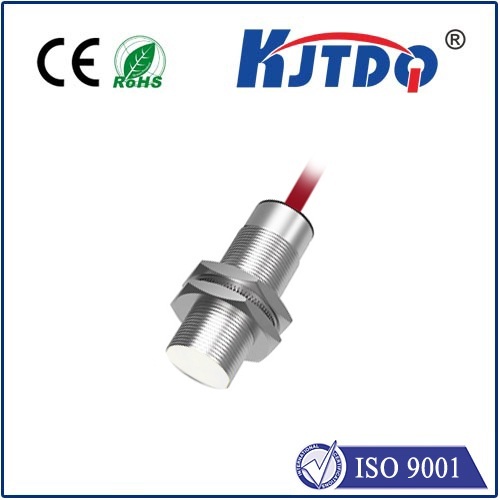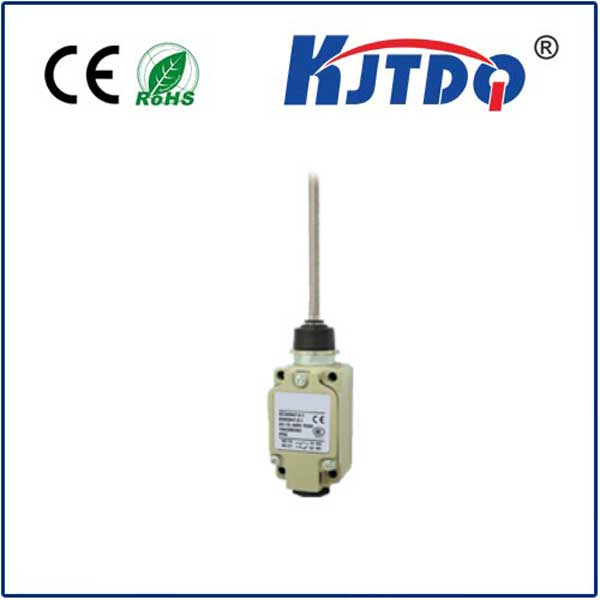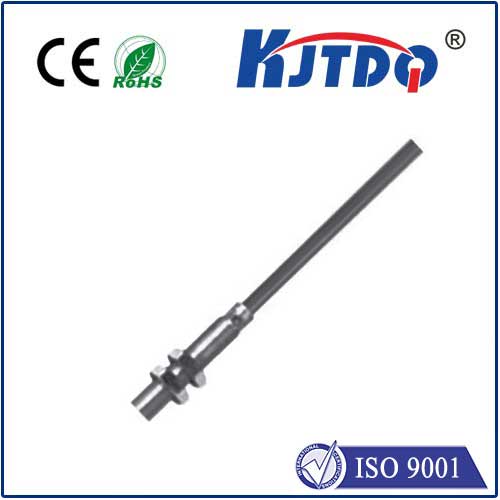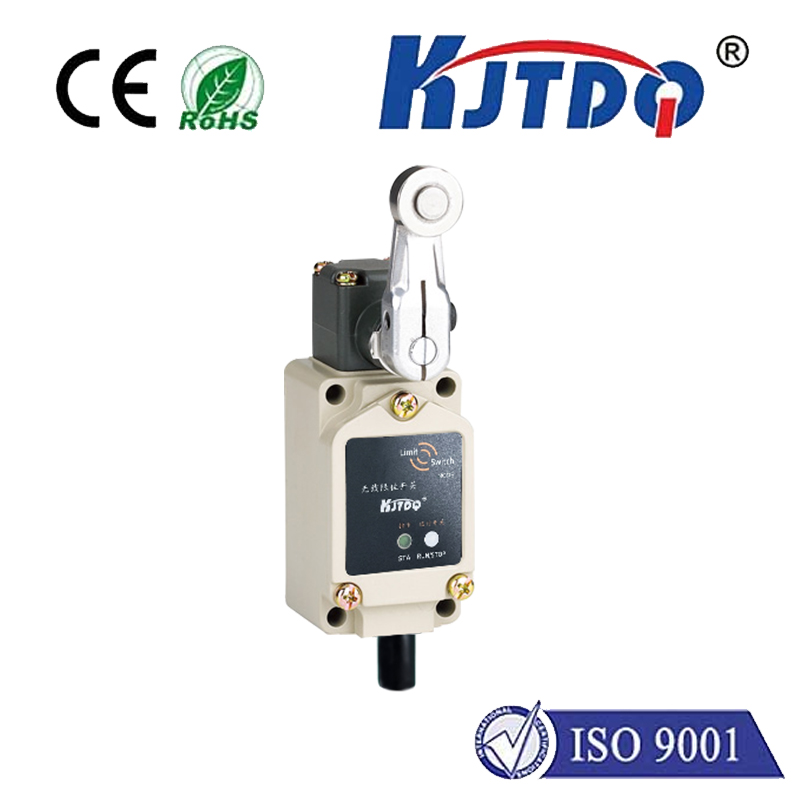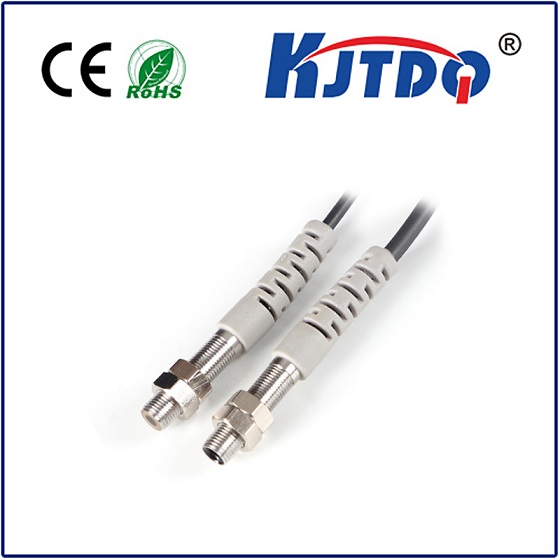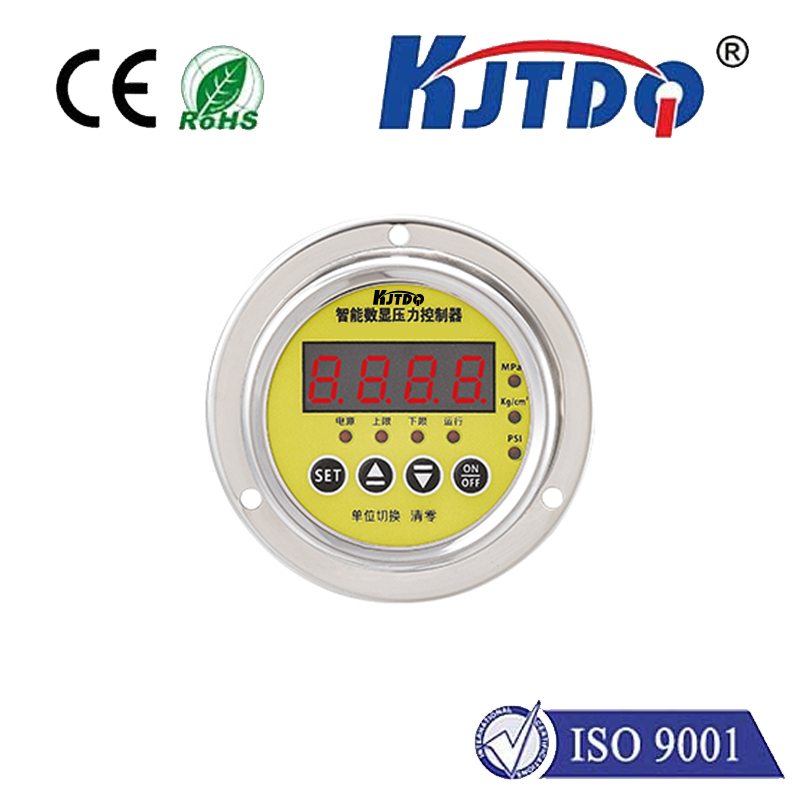
check

check

check

check
Programmable Limit Switches: Revolutionizing Machine Control
The world of machinery and automation has seen significant advancements over the years, with innovations that have greatly improved efficiency and productivity. One such revolutionary device that has emerged in recent times is the programmable limit switch. This nifty little gadget has proven to be a game-changer for machine control, offering flexibility and precision that was previously unattainable. In this article, we will explore the features and benefits of programmable limit switches, their applications, and how they are revolutionizing the field of machine control.
Firstly, let's understand what a programmable limit switch is. Simply put, it is an electromechanical device used to detect the presence or absence of an object within its range. Unlike traditional limit switches, which are preset to operate at a specific position, programmable limit switches can be adjusted to operate at various positions, making them highly versatile. They consist of a housing, actuator, and internal circuitry that work together to provide accurate and reliable feedback to the control system.

One of the primary advantages of programmable limit switches is their ability to improve accuracy and repeatability in machine operations. These switches can be programmed to trigger at precise locations, eliminating the need for manual adjustments that can lead to errors. This feature makes them ideal for use in applications where high precision is required, such as manufacturing processes, robotics, and packaging systems.
Another benefit of programmable limit switches is their flexibility. They can be easily reprogrammed to accommodate changes in production requirements or machine configurations. This eliminates the need to replace switches altogether when changes are made, saving time and reducing costs associated with maintenance and downtime.
Furthermore, programmable limit switches offer enhanced safety features compared to traditional switches. They can be set up to provide multiple levels of detection, ensuring that machines stop or reverse if an object enters their path unexpectedly. This helps prevent accidents and damage to equipment, ultimately leading to increased productivity and reduced liability risks.
In terms of applications, programmable limit switches are widely used in industrial automation, robotics, packaging machinery, conveying systems, and material handling equipment. They are also commonly found in HVAC systems, elevator controls, and security systems. The versatility and precision offered by these switches make them suitable for a wide range of industries and applications.
In conclusion, programmable limit switches represent a significant advancement in the field of machine control. Their ability to provide accurate and flexible feedback to control systems has revolutionized the way machines operate, improving efficiency and productivity while enhancing safety features. As technology continues to evolve, it is likely that we will see even more innovative solutions emerge from the world of programmable limit switches
